Execution Sharding in Polkadot
How to use the slides - Full screen (new tab)
Execution Sharding in Polkadot
Execution Sharding
Execution Sharding is the process of distributing blockchain execution responsibilities across a validator set.
Execution Sharding in Polkadot
In Polkadot, all validators execute every relay chain block, but only a subset execute each parachain block.
This enables Polkadot to scale.
Lesson Agenda
- Discuss the high-level protocols and principles of Execution Sharding in Polkadot
- Provide background on how complex on & offchain logic is implemented with Substrate
Notes:
Polkadot v1.0: Sharding and Economic Security is a comprehensive writeup of the content here in much more detail. Please read it after the lesson if you would like to understand how Polkadot works from top to bottom.
Goals of Execution Sharding
- A minimal amount of validator nodes should check every parachain block while still maintaining security
- The relay chain will provide ordering and finality for parachain blocks
- Only valid parachain blocks will become finalized
Notes:
Because GRANDPA finality faults require 33% or more stake to be slashed, Goal (3) implies Shared Security
Forkfulness
Before finality, the relay chain can fork, often accidentally due to races.
Tool: deliberately fork away from unfinalized blocks we don't like.
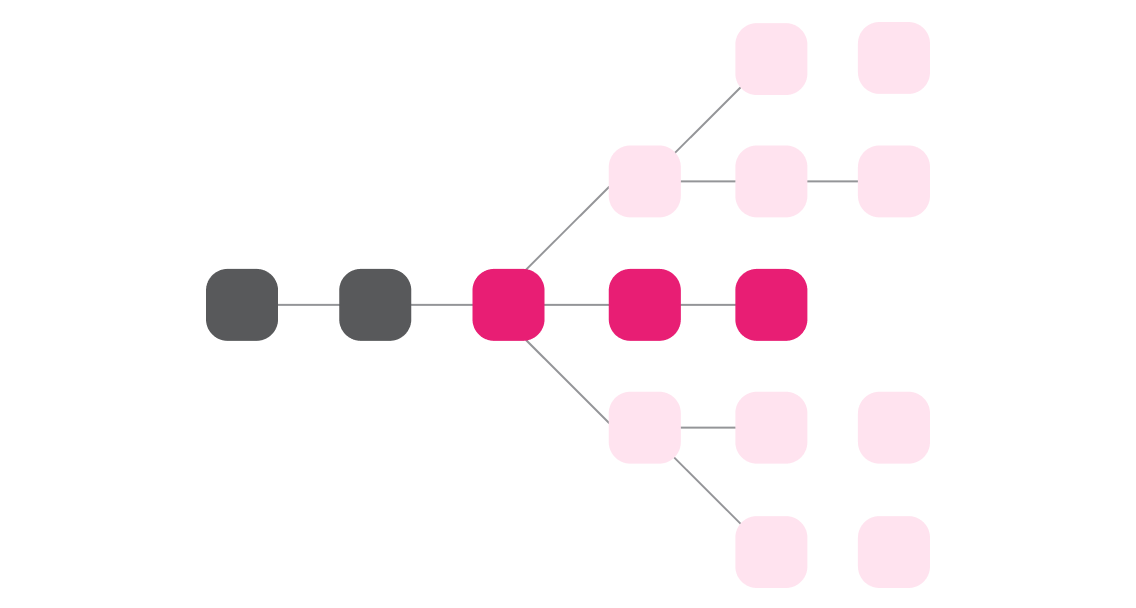
Notes:
In the slides, we will look at single instances of the protocols, but it should be known that the validators are actually doing these steps in parallel with each other and often many times at a time.
Parachains Protocols
- Collation: Making parachain blocks
- Backing: Validator initial checks & sign-off of blocks
- Availability: Distributing data needed for checking
- Approval Checking: Checking blocks
- Disputes: Holding backers accountable
Validators are constantly running many instances of these protocols, for candidates at different stages in their lifecycle.
Candidate Lifecycle

10,000 foot view
Polkadot's approach is to have few validators check every parablock in the best case.
First, backers introduce new candidates to other validators and provide "skin in the game".
Then, approval checkers keep them accountable.
Goal: Have as few checkers as reasonably possible.
Validator Group Assignments and Execution Cores
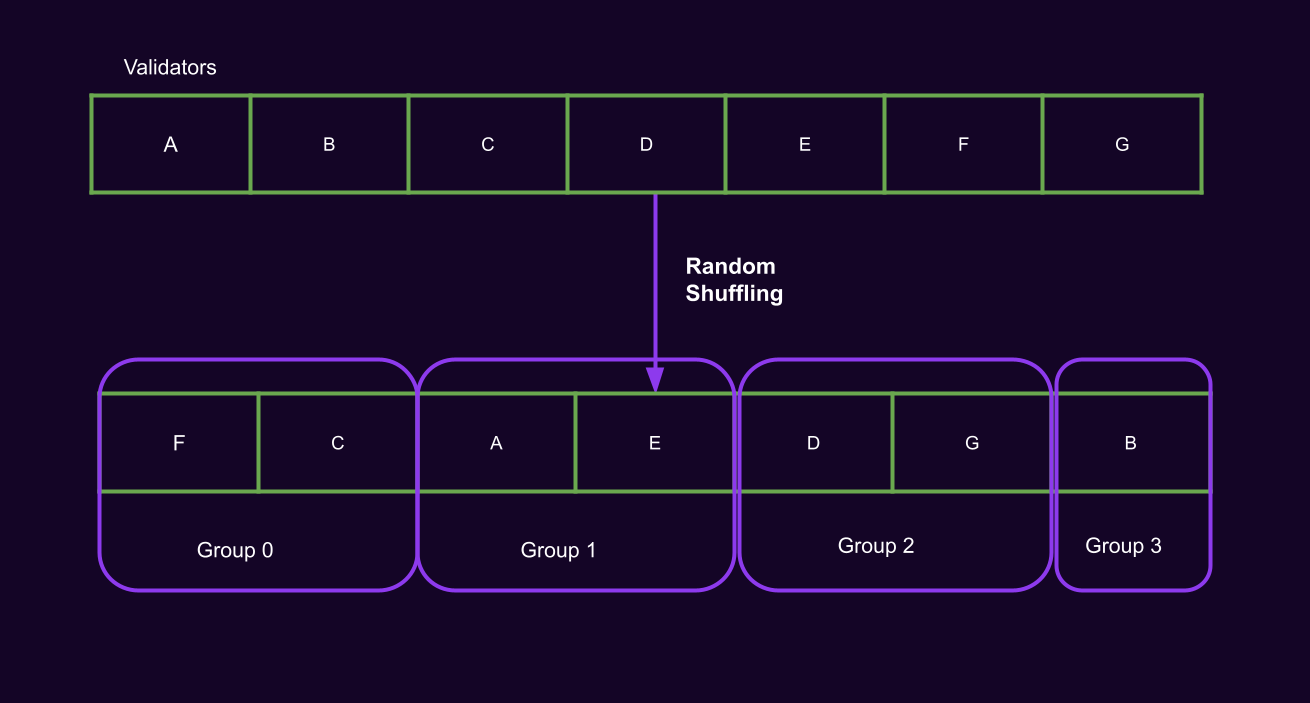
Notes:
Every Session (4 hours), validators are partitioned into small groups which work together.
Groups are assigned to specific Execution Cores, and these assignments change every few blocks.
Definition: Candidate
A Candidate is a parachain block
which has not yet been finalized in the relay chain.
Definition: HeadData
Head Data is an opaque and compact representation of a parachain's current state. It can be a hash or a small block header, but must be small.
Definition: Parachain Validation Function (PVF)
From a Validator's perspective, a parachain is a WebAssembly blob which exposes the following (simplified) function:
#![allow(unused)] fn main() { type HeadData = Vec<u8>; struct ValidationResult { /// New head data that should be included in the relay chain state. pub head_data: HeadData, // more fields, like outgoing messages, updated code, etc. } fn validate_block(parent: HeadData, relay_parent: RelayChainHash, pov: Vec<u8>) -> Result<ValidationResult, ValidationFailed>; }
Why might validate_block fail?
parentorPoVis malformed - the implementation can't transform it from an opaque to specific representationparentandPoVdecode correctly but don't lead to a valid state transitionPoVis a valid block but doesn't follow from theparent
#![allow(unused)] fn main() { fn validate_block(parent: HeadData, relay_parent: RelayChainHash, pov: Vec<u8>) -> Result<ValidationResult, ValidationFailed>; }
Relay Chain Block Contents

Any node can be selected as the next Relay Chain block author, so these data must be widely circulated.
Collation
The collator's job is to build something which passes validate_block.
In the Collation phase, a collator for a scheduled parachain builds a parachain block and produces a candidate.
The collator sends this to validator group assigned to the parachain over the p2p network.
Some collator pseudocode:
#![allow(unused)] fn main() { fn simple_collation_loop() { while let Some(relay_hash) = wait_for_next_relay_block() { let our_core = match find_scheduled_core(our_para_id, relay_hash) { None => continue, Some(c) => c, }; let parent = choose_best_parent_at(relay_hash); let (pov, candidate) = make_collation(relay_hash, parent); send_collation_to_core_validators(our_core, pov, candidate); } } }

Backing
In the backing phase, the validators of the assigned group share the candidates they've received from collators, validate them, and sign statements attesting to their validity.
Validate means roughly this: execute validate_block and check the result.
They distribute their candidates and statements via the P2P layer, and then the next relay chain block author bundles candidates and statements into the relay chain block.
Backing: Networking
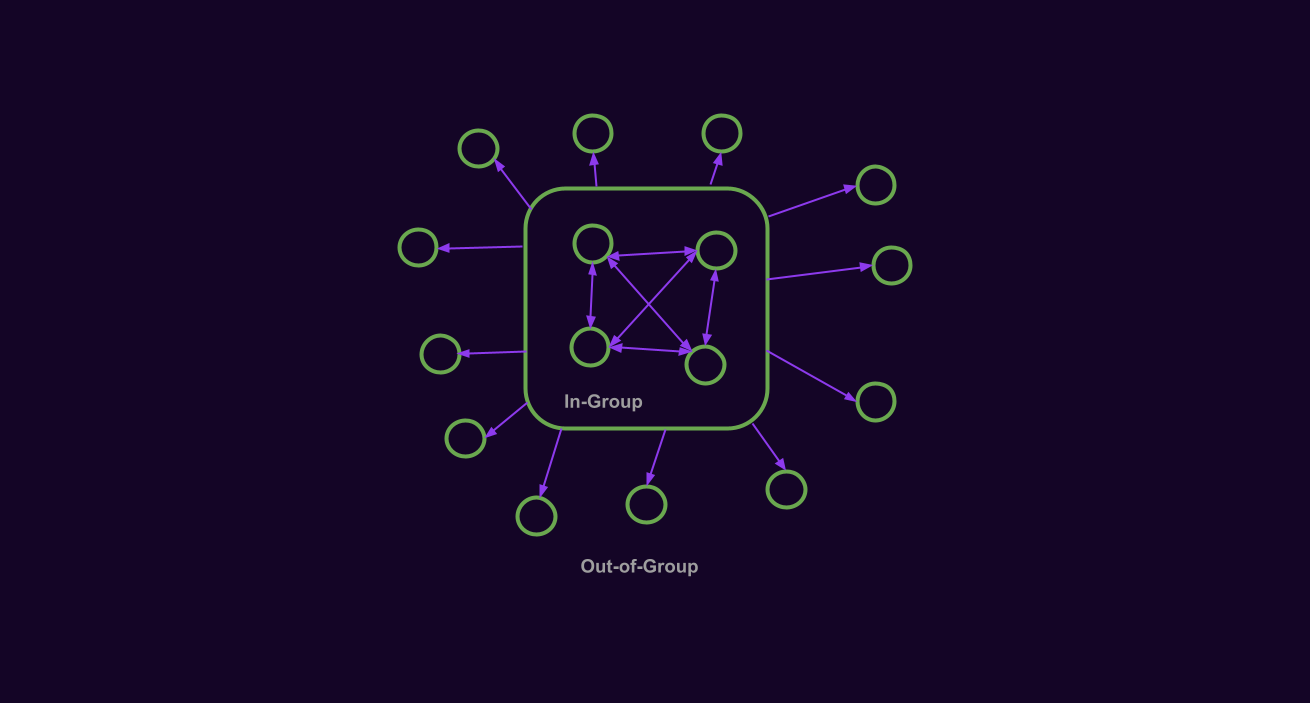
Backing: Skin in the Game
The main goal of backing is to provide "skin in the game".
Backers are agreeing that if the parablock turns out to be bad, they will lose 100% of their stake.
Backing on its own does not provide security, only accountability.
Notes:
The current minimum validator bond as of Aug 1, 2023 is ~1.7 Million DOT.
Availability
At this point, the backers are responsible for making the data needed to check the parablock available to the entire network.
Validators sign statements about which data they have and post them to the relay chain.
If the parablock doesn't get enough statements fast enough, the relay chain runtime just throws it out.
Erasure Coding
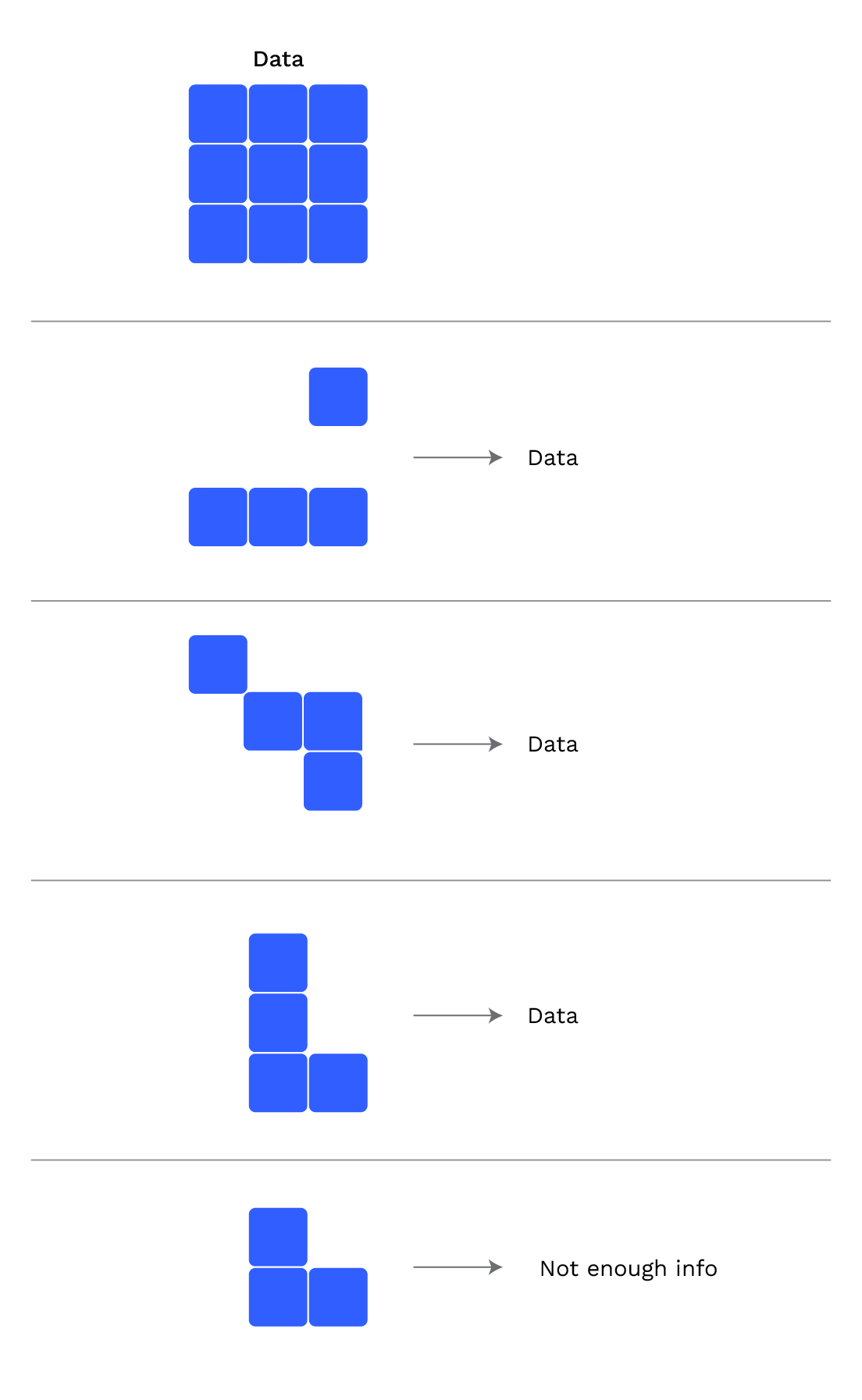
Each validator is responsible for one piece of this data. As long as enough of these pieces stay available, the data is recoverable.
The statements validators sign and distribute to all other validators essentially say "I have my piece".
Once 2/3 or more such statements land on-chain, the candidate is ready to be checked and is included.
Some pseudocode for availability:
#![allow(unused)] fn main() { fn get_availability_chunks() { while let Some(backed_candidate, backing_group) = next_backed_candidate() { let my_chunk = fetch_chunk( my_validator_index, backed_candidate.hash(), backing_group, ); let signed_statement = sign_availability_statement(backed_candidate.hash()); broadcast_availability_statement(signed_statement); } } }
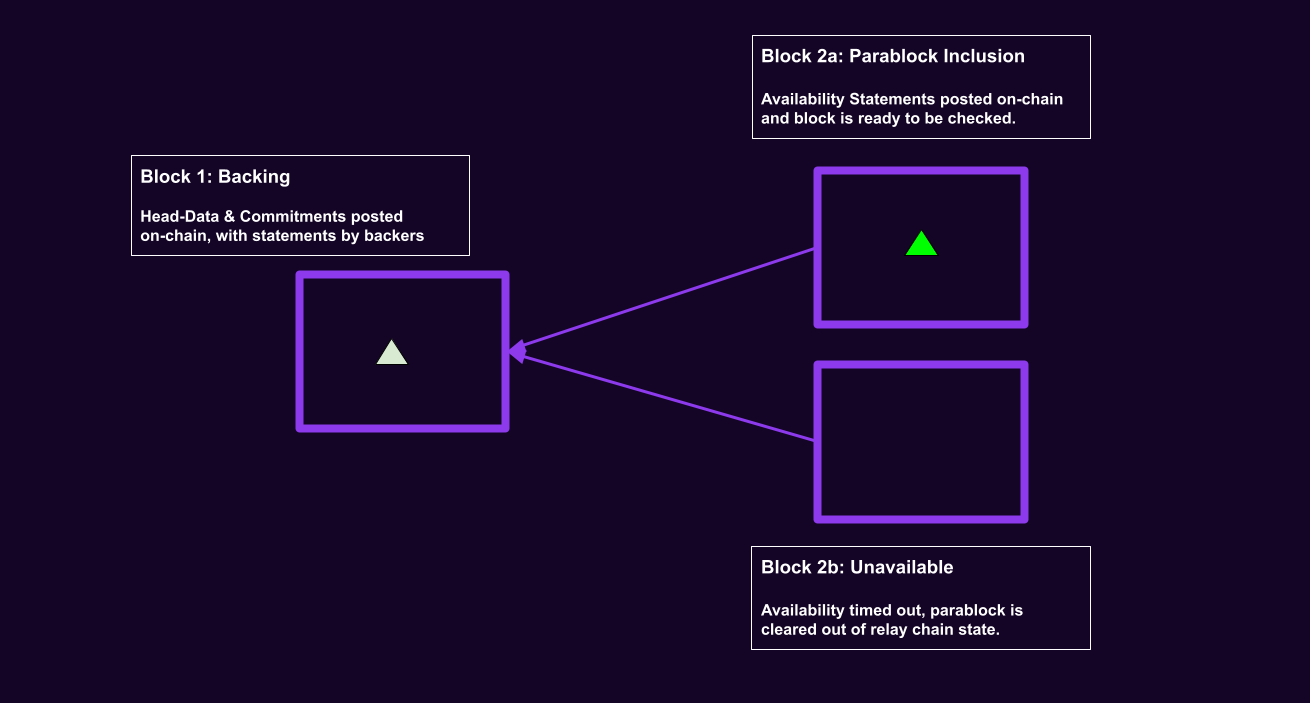
Notes:
In practice, we allow more than a single block for availability to be timed out.
Parablock Inclusion and Finality
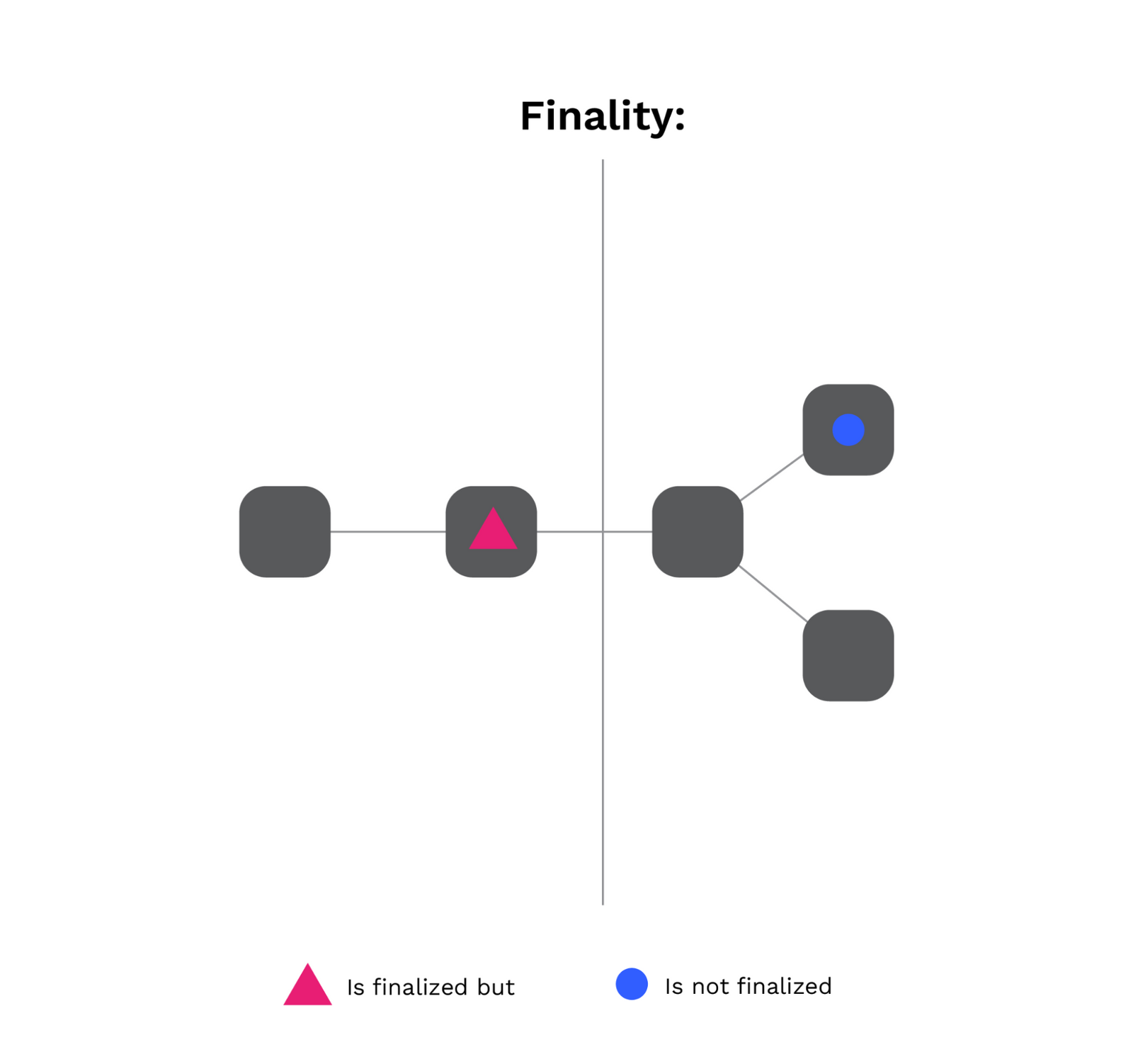
Parablock Inclusion and Finality
(3) Only valid parachain blocks will become finalized
Notes:
Remember our goal from earlier?
Parablock Inclusion and Finality
To fulfill this goal we need 2 things.
- A protocol for proving validity of included candidates
- Consensus rules for the relay chain
to avoid building on or finalizing
relay chain forks containing bad candidates.
What is "Checking" a Parablock?
Checking involves three operations:
- Recovering the data from the network (by fetching chunks)
- Executing the parablock, checking success
- Check that outputs match the ones posted
to the relay chain by backers
Notes:
Step 3 is of crucial importance. Without it, backers could create things like messages and runtime upgrades out of thin air, by backing a valid candidate but lying about the outputs of the candidate.
Security Model: Gambler's Ruin
The security argument for Polkadot is based on Gambler’s Ruin.
An attacker who can take billions of attempts to brute-force the process would eventually be successful.
But because of slashing, every failed attempt means enormous amounts of DOT slashed.
Approval Checking
Every validator tracks its opinion about the validity of every unfinalized, included candidate in a local state machine.
This state machine always either outputs "approved" or stalls.
Key properties:
- The state machine output on a validator is based on the statements it has received.
- If the parachain block is really valid (i.e. passes checks) then it will eventually output "approved" on honest nodes.
- If the parachain block is invalid, it is much more likely to be detected than to output "approved" on enough honest nodes.
Notes:
Honest nodes output "approved" only if there is a very large amount of malicious checkers and they mainly see votes from those checkers as opposed to honest checkers.
Low probability here means 1 in 1 billion or so (assuming 3f < n) Not cryptographic low probability, but good enough for crypto-economics.
Validators keep track of statements about every candidate.
Validators only issue statements about a few candidates.
Validators issue two types of statements:
- Assignments: "I intend to check X"
- Approvals: "I checked & approved X"

Every validator is assigned to check every parablock, but at different times.
Validators always generate their assignments, but keep them secret unless they are needed.

Validator assignments are secret until revealed.
Validators distribute revealed assignments before checking the candidate.
Assignments without following are called no-shows. No-shows are suspicious, and cause validators to raise their bar for approval.
Notes:
If validators began downloading data before revealing their assignment, an attacker might notice this and attack them without anybody noticing.

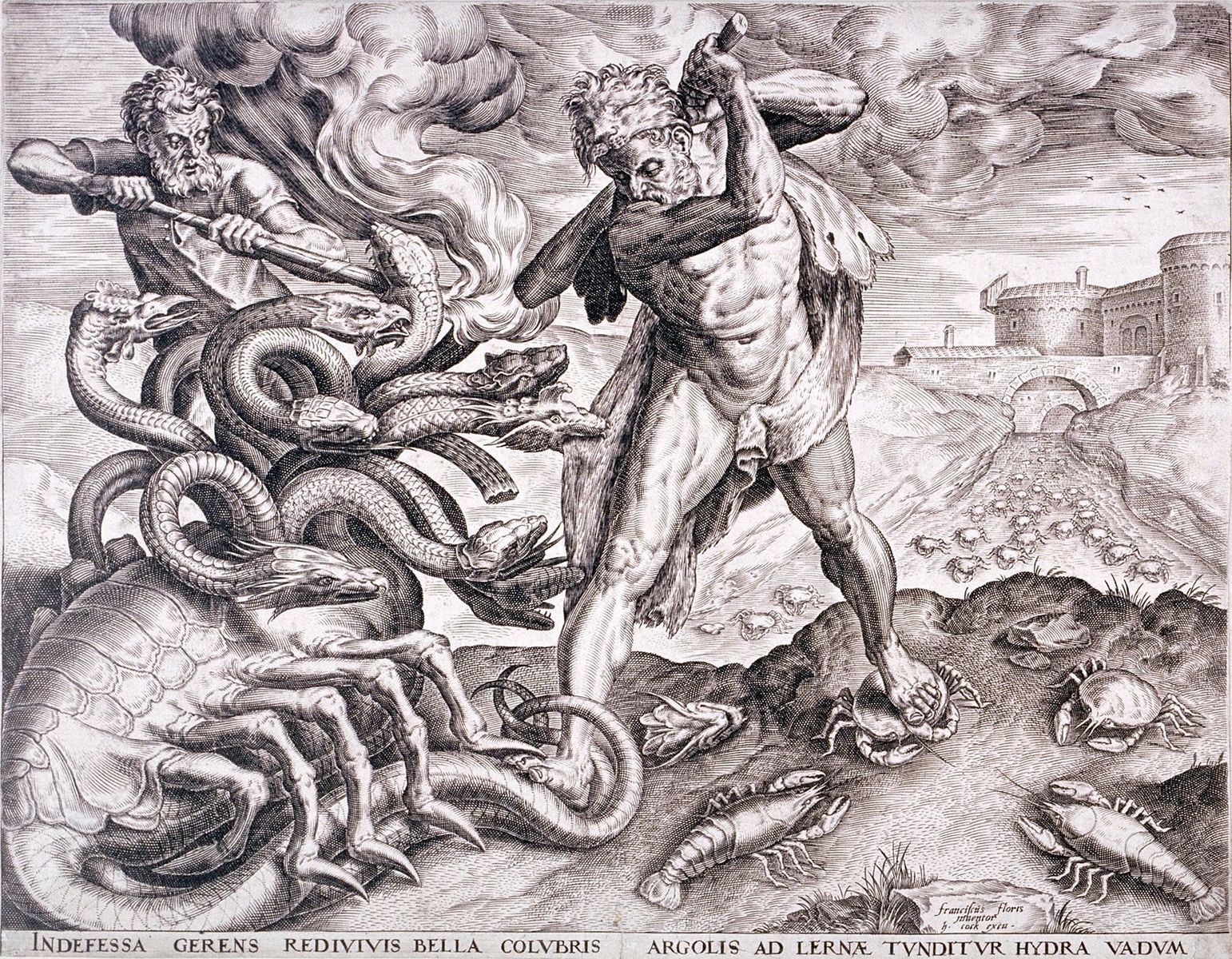
Notes:
Approval Checking is like the hydra. Every time an attacker chops off one head, two more heads appear.
It only takes one honest checker to initiate a dispute.
Disputes
When validators disagree about the validity of a parablock, a dispute is automatically raised.
Disputes involve all validators, which must then check the block and cast a vote.
Backing and Approval statements already submitted are counted as dispute votes.
Votes are transmitted by p2p and also collected on-chain.
Dispute Resolution
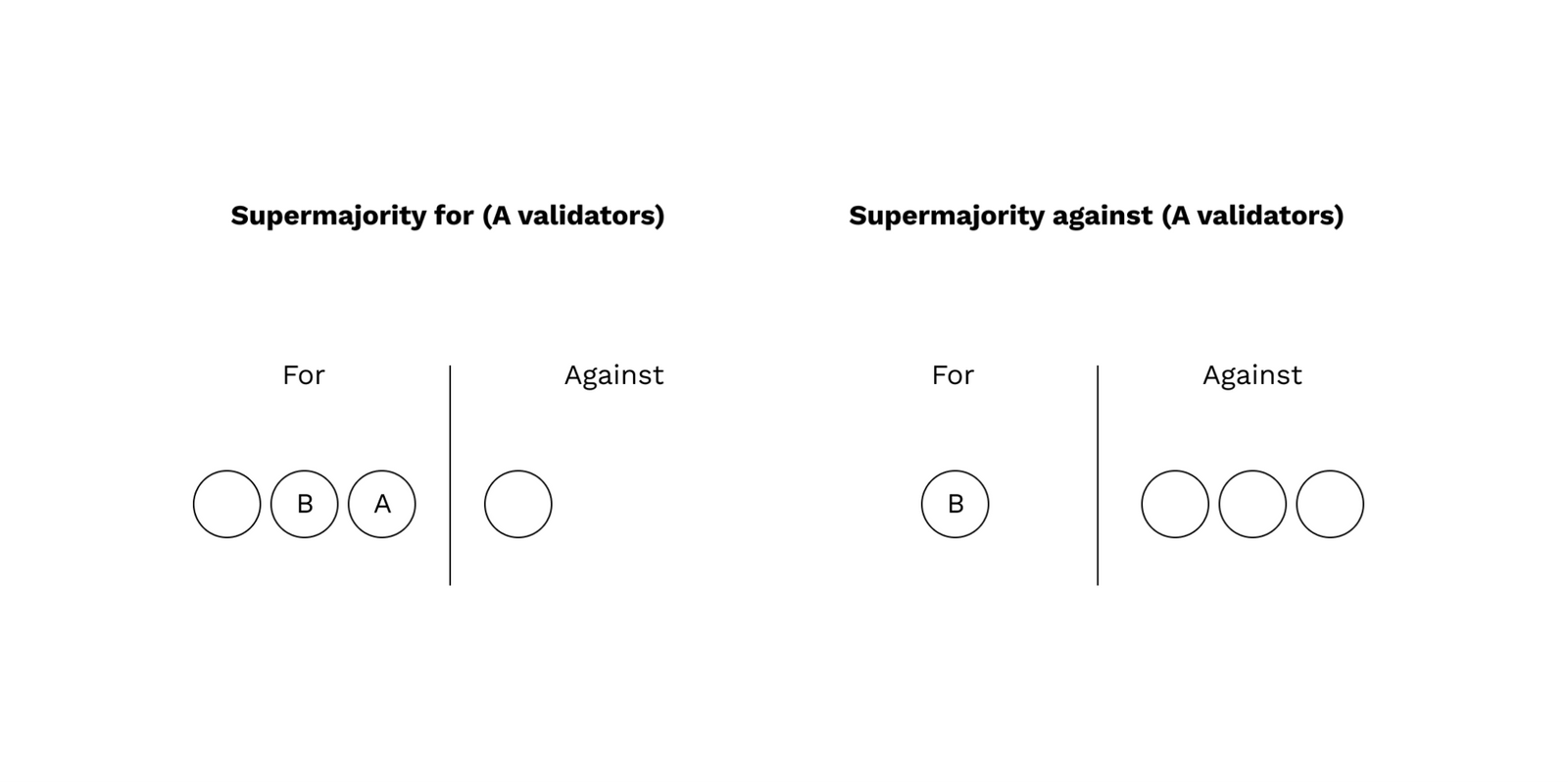
Notes:
resolution requires a supermajority in either direction.
Dispute Slashing
The validators on the losing side of the dispute are slashed.
The penalty is large when the candidate is deemed invalid by the supermajority and small when it is deemed valid.
GRANDPA Voting Rules
Instead of voting for the longest chain, validators vote for the longest chain where all unfinalized included candidates are
- approved (according to their local state machine)
- undisputed (according to their best knowledge)
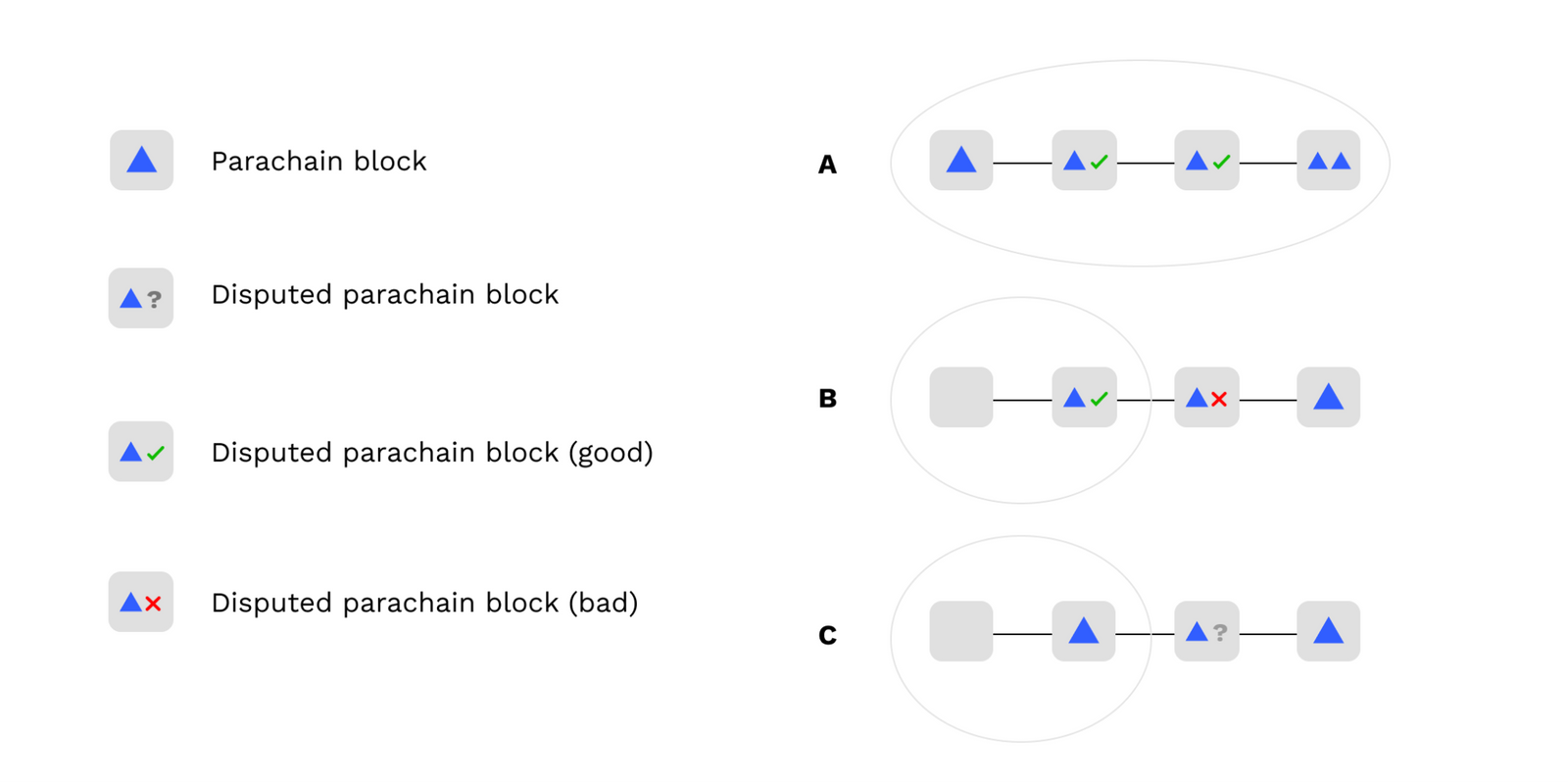
BABE Chain Selection Rule
Validators refuse to author relay chain blocks on top of forks containing parablocks which are invalid or have lost disputes. This causes a "reorganization" whenever a dispute resolves against a candidate.
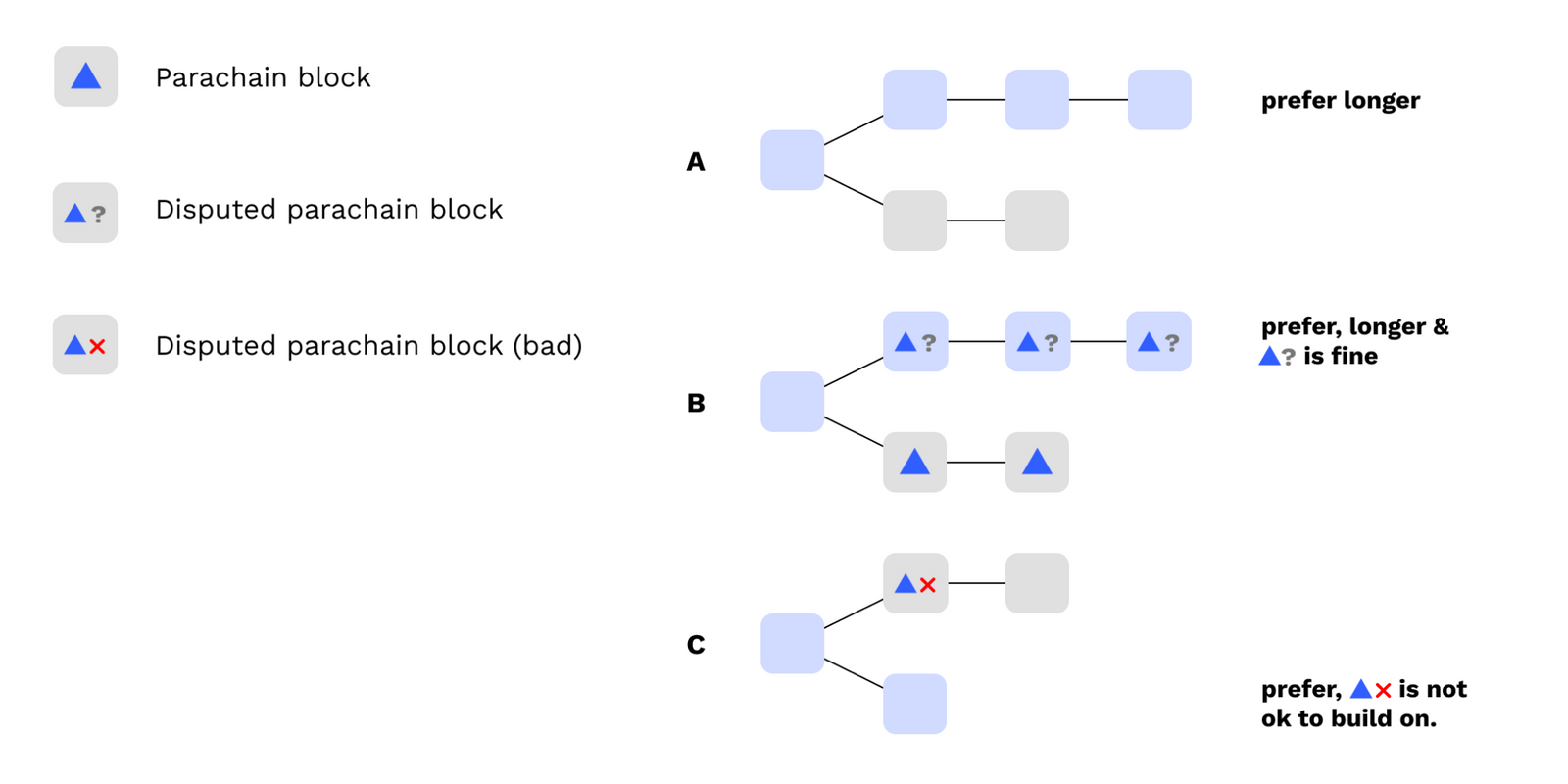
How are complex off-chain systems
implemented using Substrate?
Interaction Between Client & Runtime
Since Polkadot involves not only on-chain logic but off-chain logic, the runtime is the central source of truth about validators, assignments, parachain states, etc.
Clients learn about the state by invoking Runtime APIs at recent blocks, and the runtime is updated with new blocks.
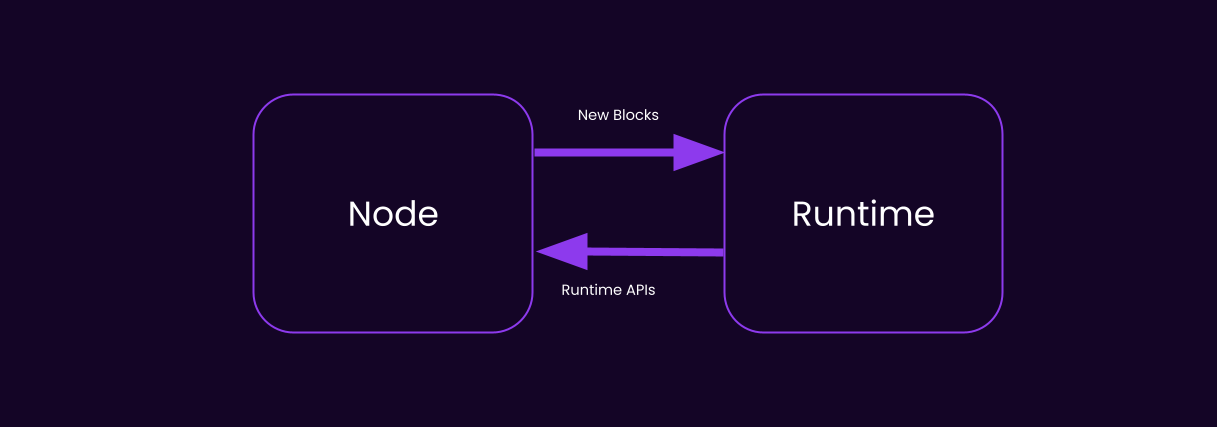
Notes:
Because the runtime is updated by new blocks, malicious or poorly connected validators have some choice in which information to provide the runtime with. This must be accounted for in the protocol: we cannot assume that the runtime is always perfectly informed.
Orchestra
Orchestra allows us to split up the node's logic into many "Subsystems" which run asynchronously.
These subsystems communicate with message passing and all receive signals which coordinate their activities.
Orchestra: Signals
Signals are sent to all subsystems and act as a "heartbeat".
Messages sent after a signal arrives on one subsystem cannot arrive at another subsystem until it has received the same signal.
Orchestra: Signals in Polkadot
#![allow(unused)] fn main() { /// Signals sent by the overseer (Polkadot's Orchestra name) to all subsystems. pub enum OverseerSignal { /// Subsystems should adjust their jobs to start /// and stop work on appropriate block hashes. ActiveLeaves(ActiveLeavesUpdate), /// `Subsystem` is informed of a finalized block /// by its block hash and number. BlockFinalized(Hash, BlockNumber), /// Conclude the work of the `Overseer` and all `Subsystem`s. Conclude, } }
Notes:
The instantiation of Orchestra in Polkadot is called "Overseer".
Without Orchestra:
#![allow(unused)] fn main() { fn on_new_block(block_hash: Hash) { let work_result = do_some_work(block_hash); inform_other_code(work_result); } }
Problem: There is a race condition!
The other code may receive work_result before learning about the new block.
With Orchestra:
#![allow(unused)] fn main() { fn handle_active_leaves_update(update: ActiveLeavesUpdate) { if let Some(block_hash) = update.activated() { let work_result = do_some_work(block_hash); inform_other_subsystem(work_result); } } }
This works! Orchestra ensures that the message to the other subsystem only arrives after it has received the same update about new blocks.
Examples of Subsystems in Polkadot
- Dispute Participation
- Candidate Backing
- Availability Distribution
- Approval Checking
- Collator Protocol
- everything!
Implementers' Guide
The Implementers' Guide contains information about all subsystems, architectural motivations, and protocols used within Polkadot's runtime and node implementation.